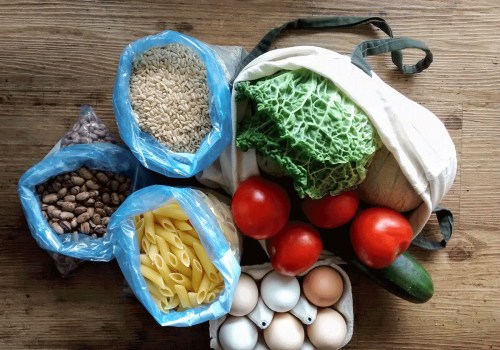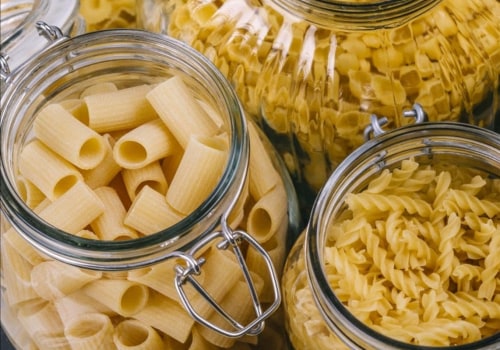The shelf life of a product is the time in which it remains acceptable for consumption. During its useful life, the product will remain safe and will retain the desired sensory, chemical, physical and microbiological characteristics. Understanding shelf life is essential to ensure product safety and quality. Shelf life is the time a food can be kept under the established storage conditions, maintaining its optimal safety and quality.
The shelf life of a food begins the moment it is manufactured and depends on many factors, such as the manufacturing process, the type of packaging, storage conditions and ingredients. Foods, pharmaceuticals, ingredients, and supplements deteriorate throughout their lifespan. Emulsifiers, thickeners, firming agents and stabilizers are used to help extend shelf life. These additives also improve the appearance, texture and quality of products over time.
Stabilizers, for example, help the ingredients in a product remain dispersed, maintaining the desired and desirable composition. Firming agents, on the other hand, help keep fruits and vegetables firm and crunchy. Listeria monocytogenes is found in ready-to-eat foods and requires companies to carry out the necessary studies to ensure that these criteria are not exceeded throughout the shelf life of the food. The Department of Homeland Security suggested that all Americans buy enough food to last two weeks in a row to prevent grocery stores from filling up, reduce the risk of individual exposure, and ensure an adequate supply of food in the home.
Food ingredients, including food additives, play a key role in increasing the shelf life of many foods like some of the ingredients you use for your brownie recipe, making them even more important when it comes to sourcing food that will last during the pandemic. Shelf life is an important characteristic of healthy and affordable food products, and additives are an important part of their preparation. Shelf life depends on factors such as storage temperature, humidity, packaging, water activity and the quality of the ingredients to determine the rate of food spoilage. Additives and the effects they have on shelf life are what make the logistics of today's food supply possible.
The data provided in a shelf life study can help you understand the end of life under a given storage condition. It is also recommended that consumers consider shelf life information when buying food to avoid unnecessary food waste. Food stored in a warehouse in Phoenix, Arizona, for example, will not deteriorate at the same rate or in the same way as the same food stored in International Falls, Minnesota. This will help make food safe by controlling pathogenic bacteria (those that can cause illness) and can extend the shelf life of foods by reducing the number of microorganisms that deteriorate (which cause food to break down).
The purpose of most shelf life tests is to determine how quickly microbiological, chemical and physical changes occur in foods during distribution and storage.







